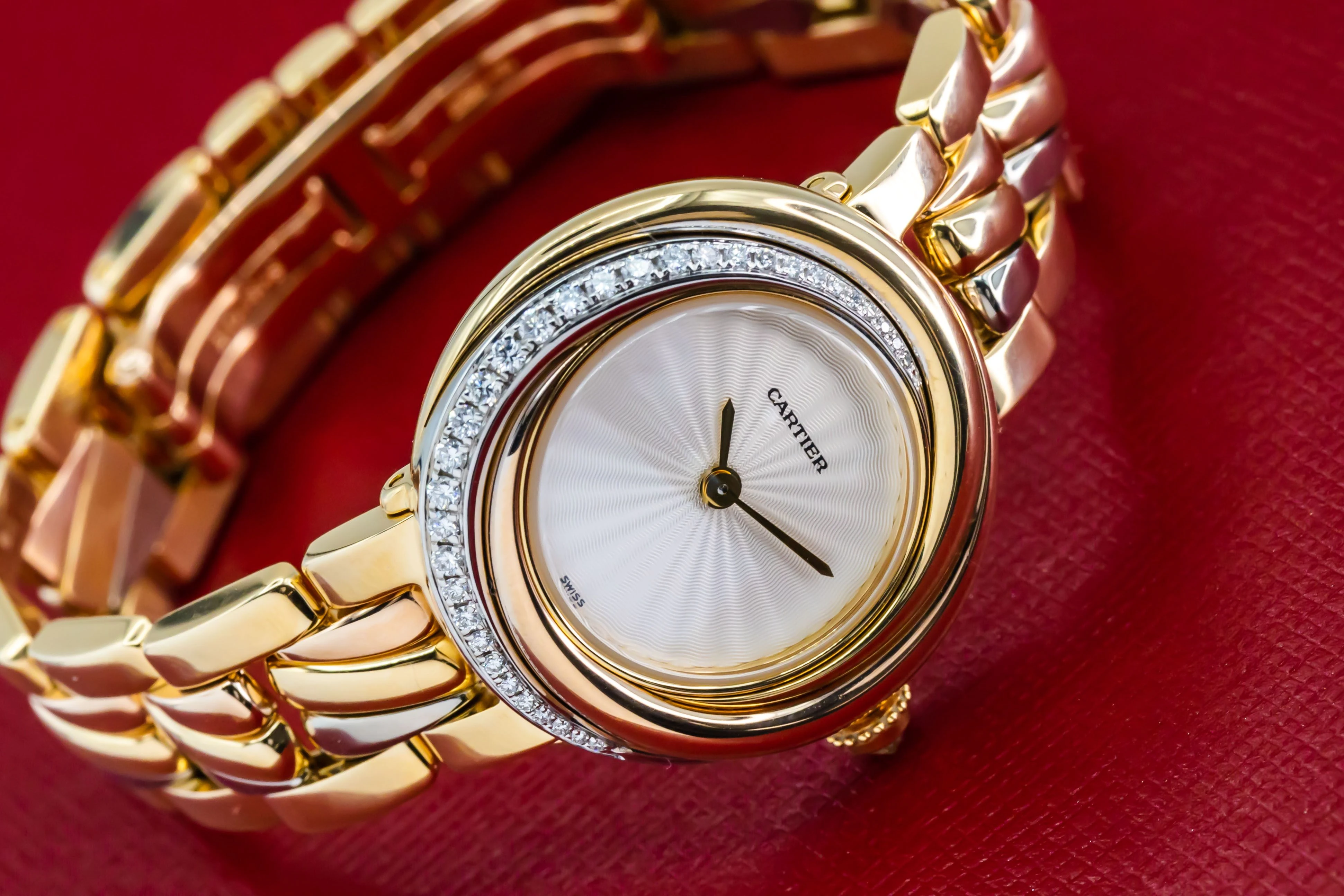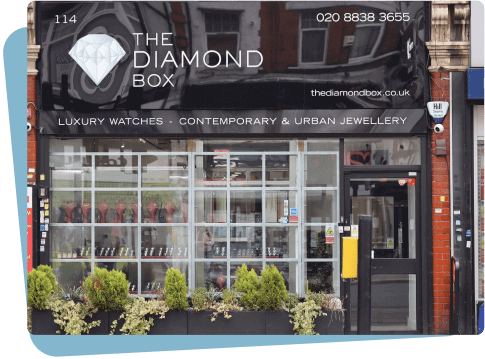




The numbers from Paris tell a story.
Sotheby's just posted €9.3 million across their jewelry and watch auctions. Best jewelry results in the city since 2018. Nearly half the lots sold above high estimates.
We're watching something shift.
The standout piece was a platinum ring featuring a 10.68-carat cushion-shaped Kashmir sapphire. It commanded €698,500. That number matters because Kashmir sapphires have become the rarest gemstones on the auction circuit. A 35.09-carat example broke world records in 2025, selling for over $200,000 per carat.
The scarcity is real. The demand is growing.
But here's what caught our attention beyond the gemstones.
Sotheby's Paris watches maintained a 100% sell-through rate. Fourth consecutive auction with perfect results. That's not luck. That's sustained collector confidence.
The broader luxury watch market is projected to grow from $31.58 billion in 2024 to $33.17 billion in 2025. A 5% annual increase in a market that's supposed to be "cooling."
Something doesn't add up with the cooling narrative.
Dig into the data and you find the real pattern. Collectors are rotating away from sports watches and flooding into dress watches. Cartier is leading that charge.
Cartier experienced a 7.27% market increase over the past 12 months. Most of that growth compressed into the last three months. A yellow gold Cartier "Pebble" sold for CHF 403,200 against an estimate of CHF 50,000-100,000. The most expensive vintage Cartier ever sold at that time.
The Cartier Crash Paris achieved $216,000 in December 2024.
These aren't incremental gains. We're seeing multiples of estimate prices realized at auction.
What's driving this? Three forces are converging.
First, younger collectors are entering the market. Over 40% of identified bidders at major jewelry auctions are between 20 and 49. They're bringing different taste profiles. Dress watches over tool watches. Design heritage over technical specifications.
Second, Asian demand is accelerating. Bidders from Hong Kong and China are dominating high-end jewelry purchases. They've bought a third of all tiaras sold by Sotheby's in the past five years.
Third, value retention is proving out. Popular Cartier models retain 87-99% of retail value in excellent condition. Some vintage and limited pieces are appreciating above original retail.
The Paris results confirm what we've been tracking. Luxury auctions aren't just recovering. They're revealing new collector priorities.
Rarity is commanding premium multiples. Kashmir sapphires, vintage Cartier Crash models, signed pieces from prestigious maisons. The scarcest examples are pulling away from the pack.
Design heritage is overtaking technical complexity. Collectors are valuing aesthetic innovation and historical significance over movement complications.
Geographic demand is diversifying. Paris posting its best results in six years signals European auction venues are regaining momentum alongside traditional Geneva and Hong Kong sales.
The watch market achieved perfect sell-through four times in a row. The jewelry market saw half its lots exceed high estimates. These aren't isolated wins.
We're watching capital flow toward specific categories with clear value drivers. Scarcity, provenance, design significance. The fundamentals that have always mattered in collectibles.
Paris just gave us the data to confirm it.
Visit us in store for great service and to see our amazing collection.
114 Ballards Lane, Finchley, London N3 2DN 020 8838 3655
